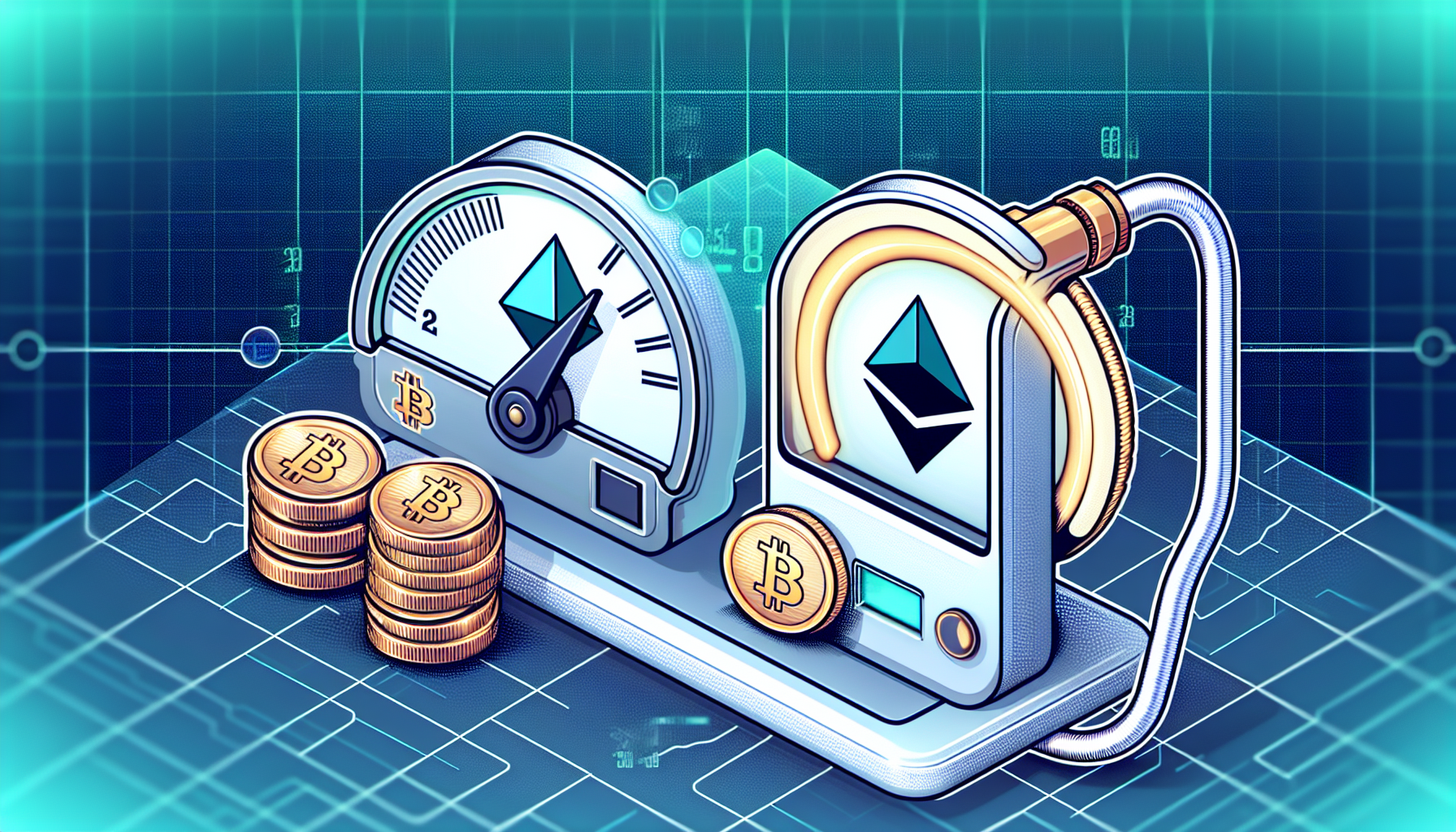Are You Tired of High Ethereum Gas Fees?
In the bustling world of digital currency transactions, Ethereum gas fees can sometimes feel like a heavy burden. Reports show that Ethereum transactions can cost users up to 30% of their total transaction value during peak times. Are you one of the many users looking for ways to optimize your gas fees?
Understanding Ethereum Gas Fees
Before diving into optimization strategies, it’s essential to grasp what Ethereum gas fees are. Gas is the unit that measures the amount of computational effort required to execute operations on the Ethereum network. As demand increases, so do these fees. In 2023, Ethereum gas fees averaged around $30 during peak traffic, discouraging many new investors.
Strategies to Optimize Your Ethereum Gas Fees
1. Timing Your Transactions
- Analyze Network Traffic: Use tools like Eth Gas Station to observe the network congestion. Executing transactions during off-peak times can significantly lower costs.
- Use Gas Limit Appropriately: Set your gas limit to avoid overpaying. If you consistently face high fees, consider adjusting your settings or batching transactions.
2. Choosing the Right Platform
- Layer 2 Solutions: Explore using Layer 2 scaling solutions like Polygon or Optimism, which offer reduced fees compared to the Ethereum mainnet.
- Decentralized Exchanges (DEXs): Trading on platforms that aggregate gas fees can help you save.
3. Using Gas Tokens
Gas tokens are another innovative way to ease the burden of gas fees. They allow you to ‘store’ gas when prices are low and redeem them when prices rise. This strategy appeals particularly to regular crypto traders.

4. Educating Yourself on Gas Tokens and EIPs
Stay informed about Ethereum Improvement Proposals (EIPs) focusing on gas fee structures. For everyday users, understanding the changing dynamics of gas fees can offer an edge. For instance, EIP-1559 altered the way gas fees are calculated, making them more predictable.
Conclusion: Make Your Transactions Cost-Effective
Reducing Ethereum gas fees doesn’t have to be rocket science. By timing your transactions wisely, utilizing Layer 2 solutions, and staying informed about gas-efficient practices, you can optimize your costs significantly. Looking for more insights into digital currency trading? Visit Bitcoinsnewstoday for expert advice!
Remember, this article does not constitute financial advice. Always consult your local regulations before making investment decisions.


